Visitors to North Carolina stroll by a centuries-old Native American site, then relive a taste of life in rural Appalachia from the early 1900s. Farther north, a center of attention is a stone that was placed during the mapping of the Mason-Dixon Line, which delineated the boundary between three British colonies in America. The site of a former tent city that sprung up during the 1850s gold rush in Oregon catches the attention of people there.
These experiences seem to have little in common, but they share a single trait: All are taking place in areas that are protected by a land trust. If your eyes glaze over at reading those two words, you’re not alone. Most people are unaware that countless stretches of the United States are safeguarded from development by being placed in a land trust. These nonprofit organizations acquire, manage and conserve land and also enter into conservation easements with property owners that protect it from being developed for commercial purposes.
Land trusts have conserved a total area greater than the size of Minnesota. While the common perception is that these places are forests, parklands, and similar natural habitats, they also include historical tidbits, magnificent gardens, and places to see wildlife in its natural habitat. Whatever your areas of interest, you might be able to explore them at a place that is protected by a trust.
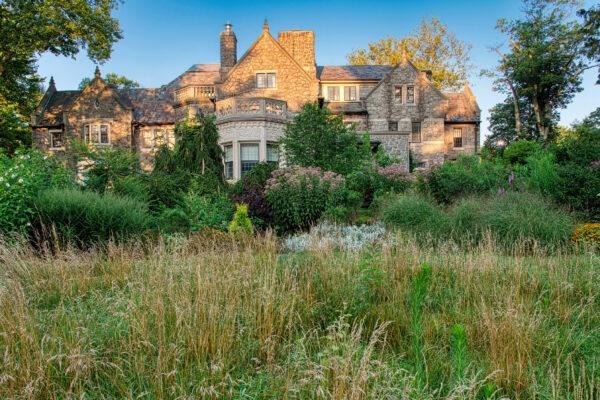
Those folks in North Carolina are encountering two reminders of our country’s history that have been preserved by the Mainspring Conservation Trust. The Cowee Mound was the center of a thriving Cherokee community that is believed to date back to the year 600. It’s topped by an 18th-century council house that was erected decades before the tribe was pushed out of the valley.
A different kind of local lore lives nearby at the Rickman Store, which was built in 1895 and continued operations for a century. Shelves filled with antiques and walls covered by primitive tools enhance an atmosphere of the past.
The Star Gazers’ Stone is the focus of attention in Chester County, Pennsylvania. It was placed by astronomer Charles Mason and surveyor Jeremiah Dixon during their work between 1763 and 1767 to resolve a border dispute among the Pennsylvania, Maryland, and Delaware colonies.
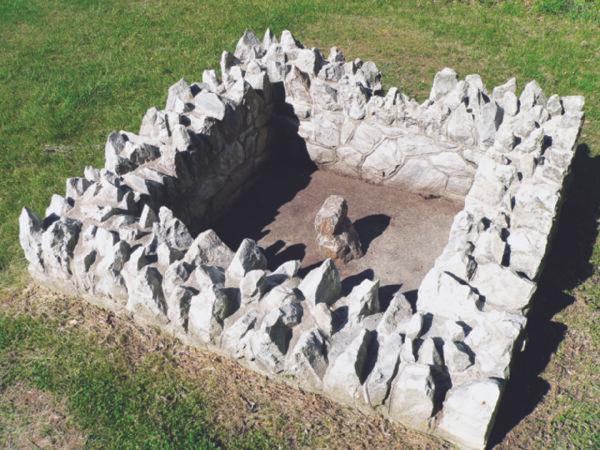
This site and a magnificent nearby garden are among places protected by the Natural Lands Trust. The history of Stoneleigh Garden goes back to 1877, when a wealthy railroad executive purchased land and built a lavish home. Subsequent owners hired notable landscape architects to design the gardens that welcome visitors today. Paved walking paths lead past the main house to circular, bog, rockery, and other inviting gardens.
Tents once occupied land now protected by the Southern Oregon Land Conservancy. During gold-rush days, the area was the site of a semi-permanent tent city that housed prospectors dreaming of instant riches. Interpretive signs along the trails tell this story and that of the diversity of the surrounding flora.
Different stories of our country’s past come alive at other places preserved for posterity by land trusts. The remains of Fort Fair Lawn in South Carolina harken back to when that state was the epicenter of activity in the Revolutionary War. It was built in 1781, primarily of earthen construction, near a plantation that British troops had occupied. Its well-preserved remains, now protected by two trusts, are tucked away in the woods not far from Charleston. The original moat and some construction materials are among reminders of its saga.
Evidence of the life and culture of Native Americans who were here when the first Europeans arrived is a common thread at some protected enclaves. One of them, the Mianus River Gorge in Westchester County, New York, was where Wappinger Algonquian people are believed to have been the first to mine minerals once found in abundance there to fashion arrowheads, tools, and pottery. They were followed in the 19th century by European immigrants who dug out quartz, mica, and other substances.
Because land trusts protect prime examples of Mother Nature’s handiwork, it’s no surprise that those who venture into many of them may encounter a variety of wildlife. Areas controlled by the North Olympic Land Trust in Washington state serve as home for land creatures, salmon, and resident and migratory birds. Roosevelt elk often hang out in one meadow, and bald eagles are frequent visitors, as well.
Lands in Michigan that are sheltered by the Grand Traverse Regional Land Conservancy include bird-watching trails that delight many an ornithologist. One path passes a Great Lakes coastal marsh, which is a bird-watching hotspot that offers views of an outside aviary filled with feathered friends. Another feature is that it is designated to be universally accessible with welcoming platforms from which visitors may observe the overhead activity.
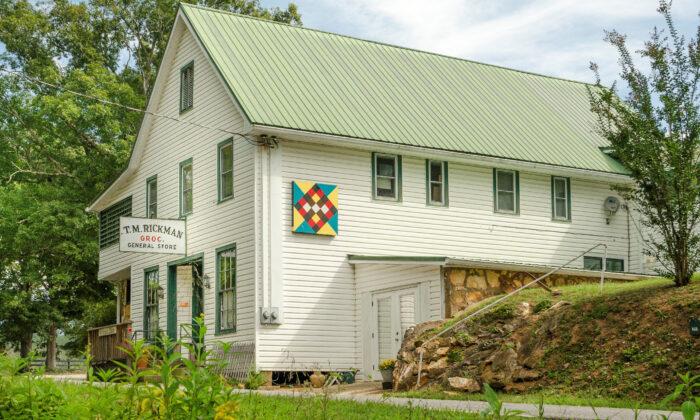
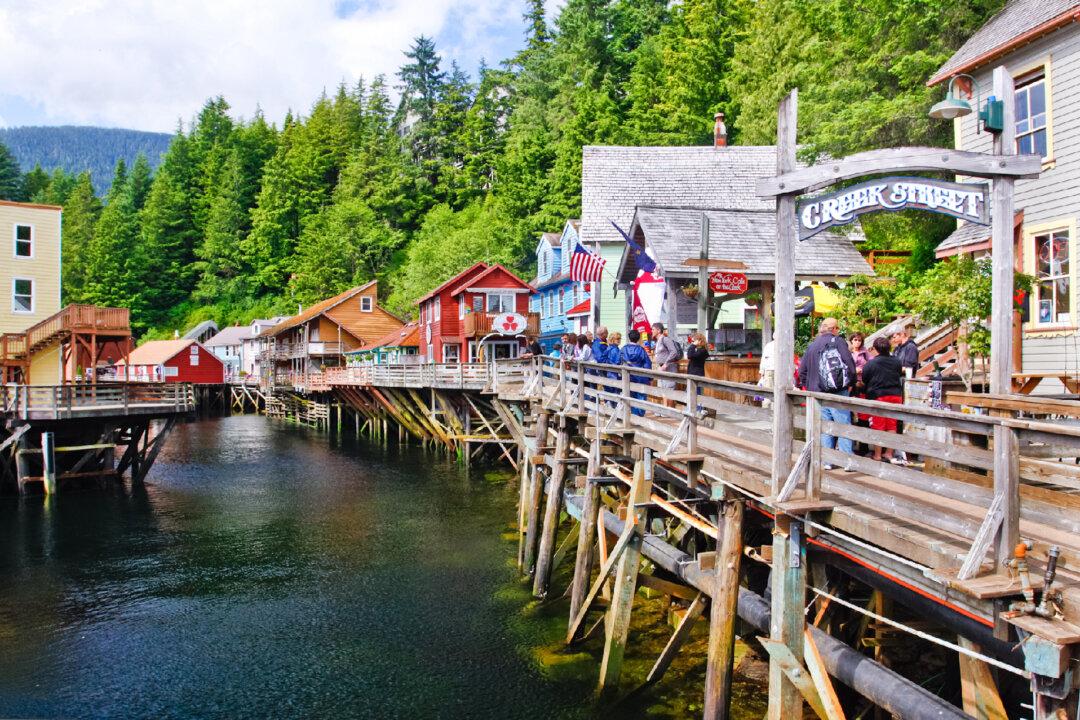

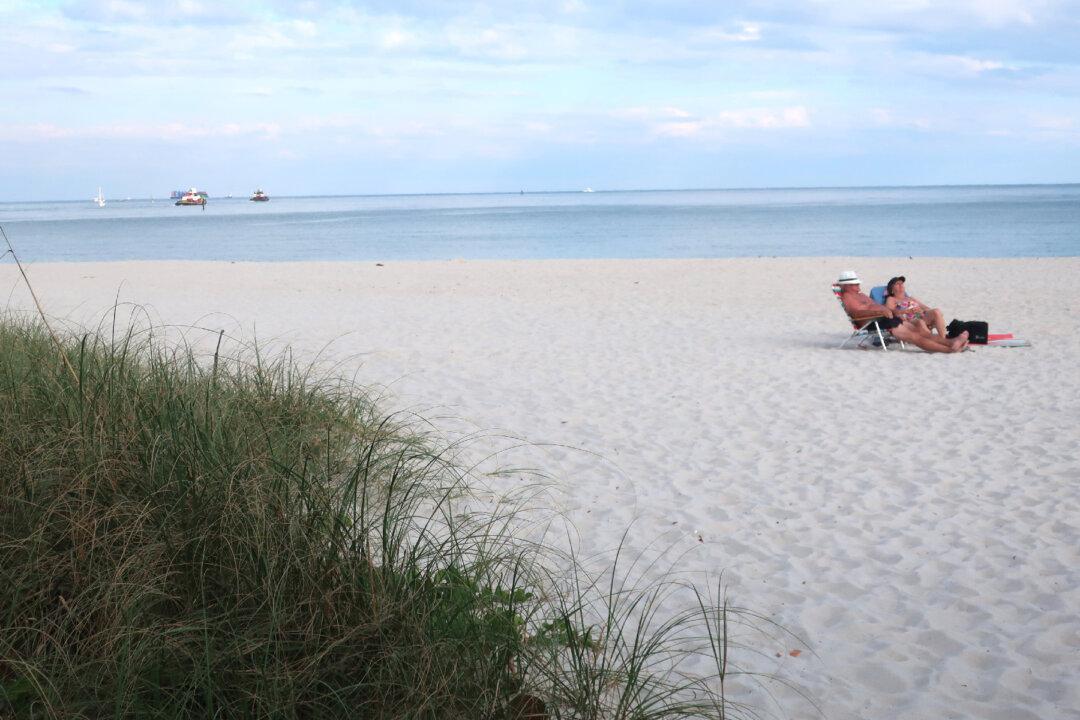
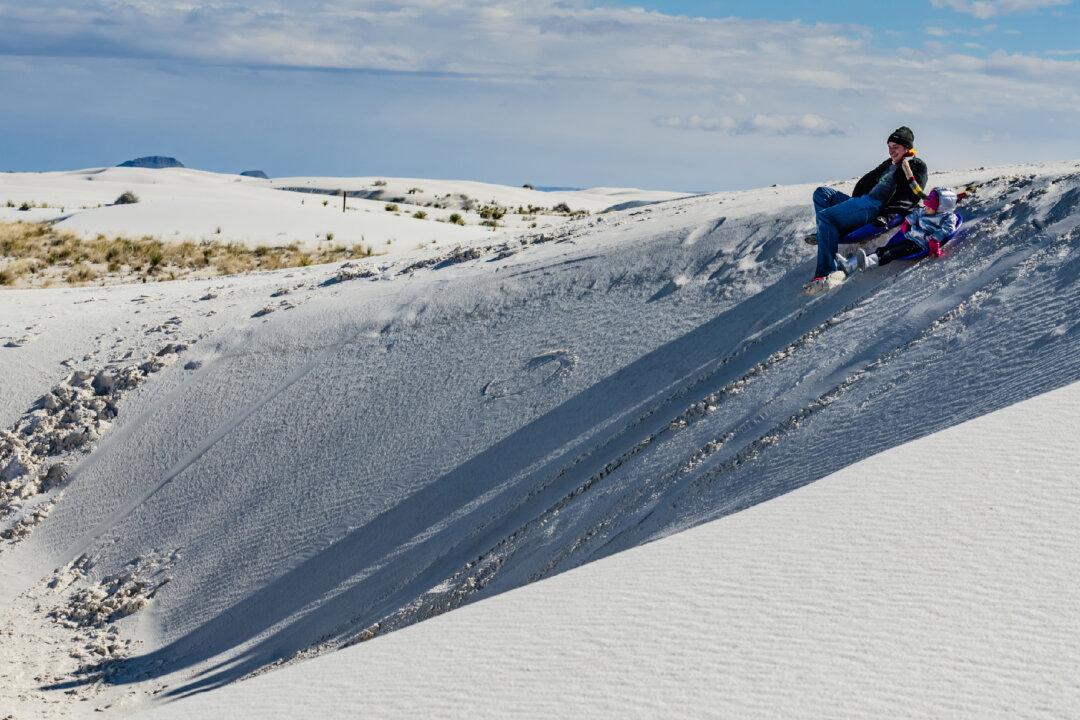
Friends Read Free